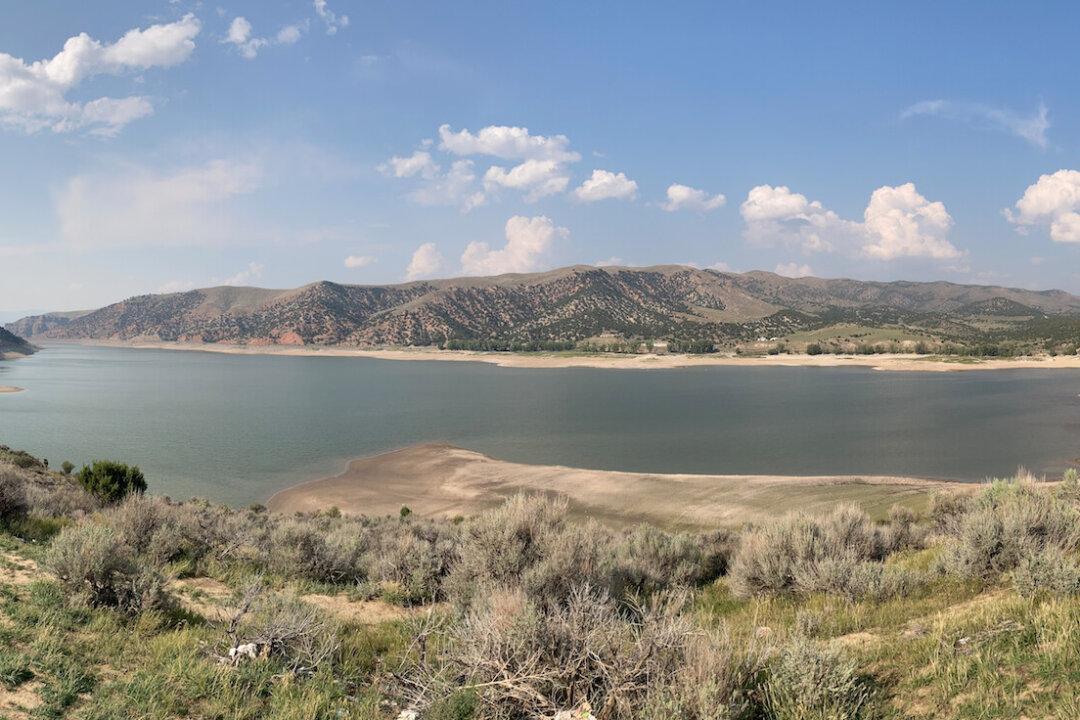For the second year in a row, forecasters at the National Oceanic and Atmospheric Administration (NOAA) are predicting “prolonged, persistent drought” in the western United States as part of its Spring Outlook for the country.
Precipitation is “most likely” to remain below-average in the west, according to a NOAA news release published on March 17. For much of the United States stretching from the Desert Southwest to the East Coast and north through the Midwest to the Canadian border, NOAA is expecting above-average temperatures between April and June.





